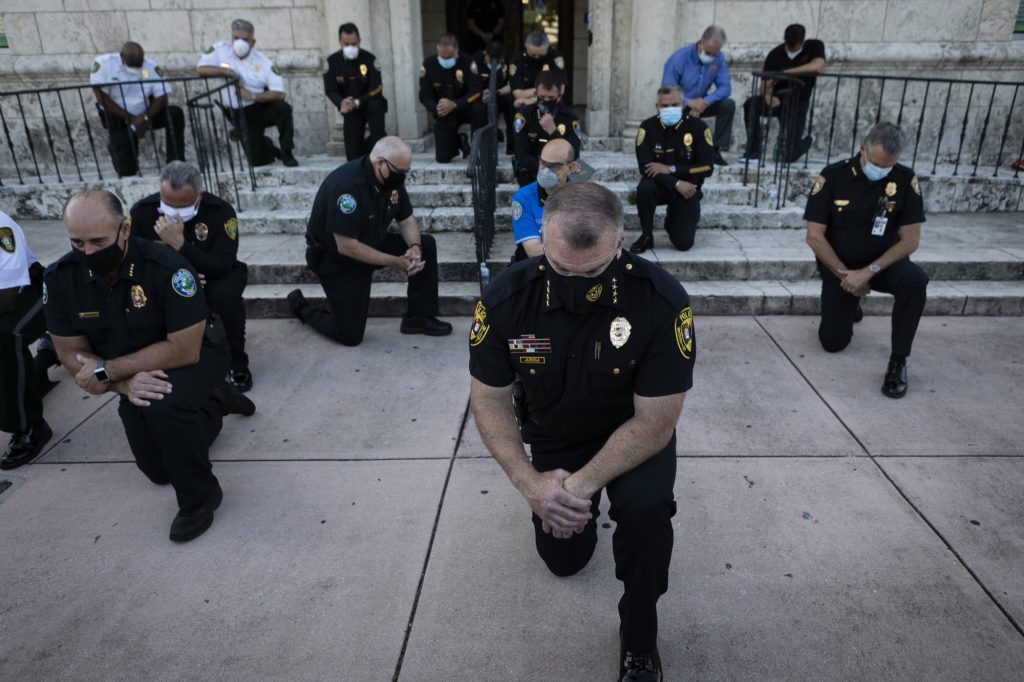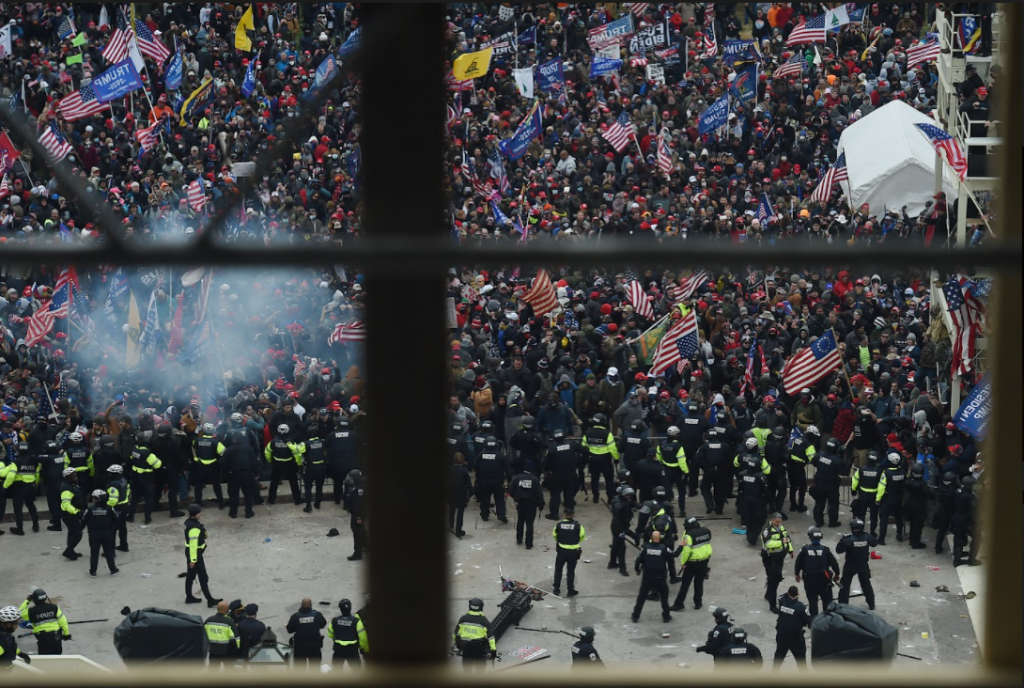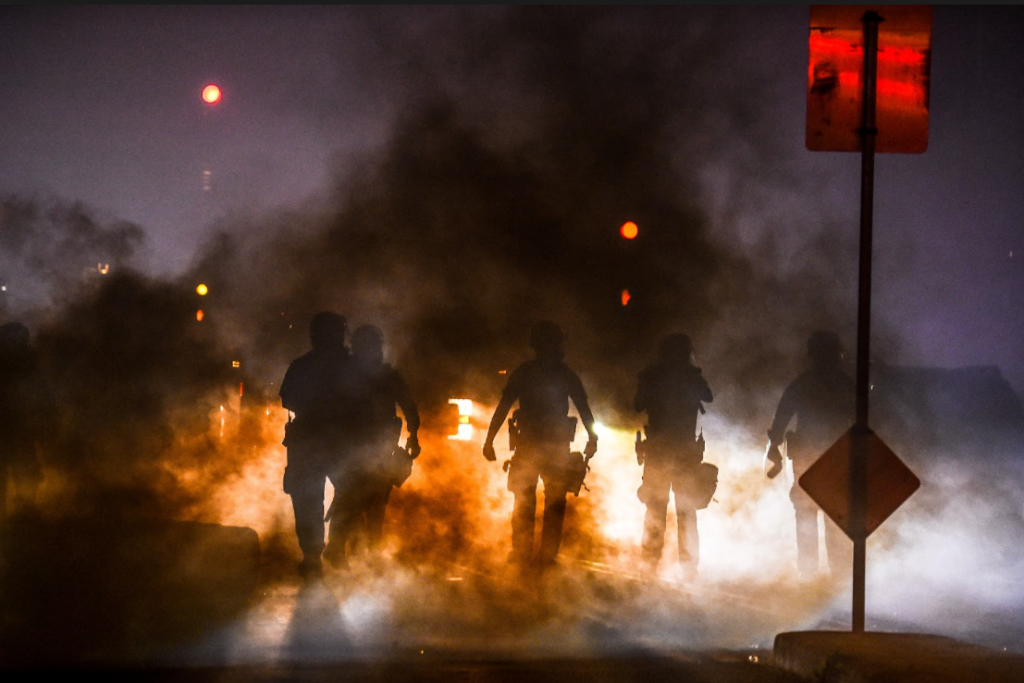America’s political divide may be nothing new but it was thrown into sharper focus than ever before by a string of violent protests during one of the most turbulent 12-month chapters in the nation’s history.
Right-wing militias protesting the coronavirus lockdowns with their loaded assault rifles; Black Lives Matter activists massing on the streets after the death of George Floyd; Trump supporters rampaging through the US Capitol after the president’s election defeat.
The causes may have been different but the anger and sense of injustice burned every bit as strongly each time.
Even though the right to bear arms in enshrined in the constitution, images of gunmen armed with assault rifles screaming in the face of police officers guarding Michigan’s state legislature are still jarring to behold back in April, 2020. The local governor, Gretchen Whitmer, was to later become the target of a botched kidnap plot by right-wing extremists as an act of revenge against lockdown measures.
Restrictions on public gatherings failed to deter millions from taking to the streets over the summer of 2020 after Floyd, a 46-year-old Black man, died of asphyxiation as a white police officer knelt on his neck in the city of Minneapolis. Some of the most dramatic protests came in Washington D.C. on June 1 2020, where police sent a peaceful crowd running with pepper spray and teargas as President Donald Trump walked to a nearby church.
The police however found themselves outnumbered at the other end of Constitution Avenue on January 6, 2021, when Trump’s supporters stormed the US Capitol right after attending a rally in which the outgoing president told the crowds that Joe Biden had “stolen” power from him in November’s presidential election.
This exhibit is an opportunity to reflect on how fragile democracy can be.


